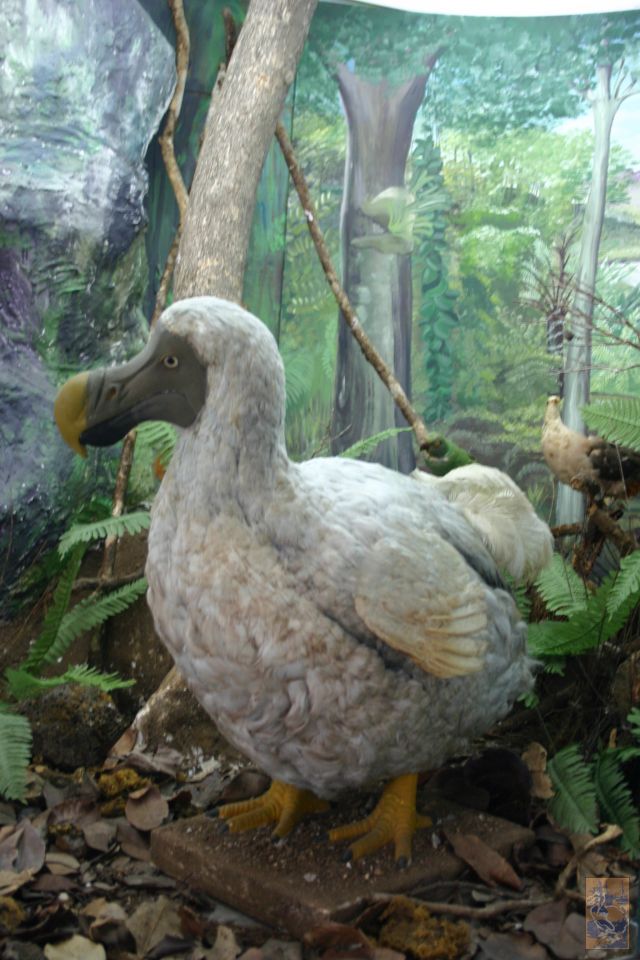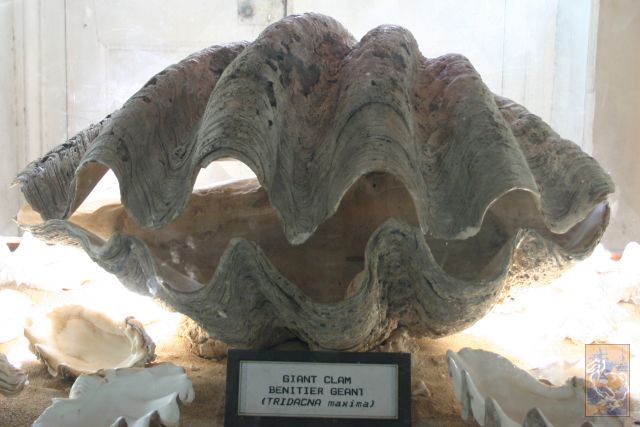Natural History Museum
About The Museum
Mauritius was home to endemic animals, including the famous Dodo and giant land tortoises, and about 300 endemic plants when the first Europeans set foot on the island at the end of the 16th century. The Natural History Museum, through its four permanent galleries, presents the past 500 years of the natural history of Mauritius.
The first gallery exhibits mammals, reptiles and mostly birds. The giant Mauritian Lizard (biggest lizard in the world) and a pickled specimen of the extinct Round Island Burrowing Boa and goat can be viewed. A beautiful diorama of a big deer and bats are also on display in this gallery. Specimens of bones of the giant bird from Madagascar, Aeopyornis has been displayed.
The second gallery is wholly dedicated to marine life and contains fishes, crabs, corals, echinoderms, molluscs and marine mammals: whales and dolphins and turtles. The fish display comprises sharks, eels, rays and the poisonous, commercial and sporting fishes. One very rare sea urchin, Acanthocidaris curvastispina, is also on display. Only three adult specimens of this sea urchin are known in the world. This gallery has on display a beautiful collection of Murex donated by George Antelme in 1934. Also there is one specimen of the Giant Clamshell donated to the Museum by the British Governor Sir Arthur Phayre in 1874. It is the largest bivalve weighing about 70 kg and it was collected in the gulf of Bengal. The gallery contains a specimen of the mollusc Conus aulicus, detaining the world record size for this species, which is 7 inches. A section comprising of endangered specimens, the dugong, yellow tuna and specimens of giant land tortoise from the Seychelles and rare Sumeire marine Green turtle and Leathery turtle are on display in this room. One tortoise is believed to be over 200 years old. It was brought to Mauritius from the Seychelles by Chevalier Marion Dufresne in 1776 and it died in 1918.
The third gallery has sections on geology, corals, shrimps, insects, turtles and local woods. In the geology section, the various types of Mauritian rocks and different types of minerals are shown. An insectarium showing almost complete collection of butterflies, including the rare Papilio demodocus var. carrei and hawk moths, is exhibited. This room also presents an exhibition on horns.
The fourth gallery depicts the existance of the famous Dodo in mauritius in early years .A model of the Dodo, the centrepiece of the museum, is displayed in this gallery. The skeleton of the Dodo, collected by E. Thirioux, a barber, in 1900, is unique in the sense that all the bones come from one individual bird. The extinction of the Dodo, within 80 years of its discovery, made man realize for the first time that he could induce the extinction of plants and animals. The oldest stuffed specimen in the museum is the Mauritian Dutch Pigeon which was killed in 1826. A skeleton of the Rodrigues Solitaire, discovered in Caverne Patate in 1900, is also exhibited in this gallery. Other important scientific treasures in the museum are the unique and incomplete skeletons of the Mauritian Red Rail.

